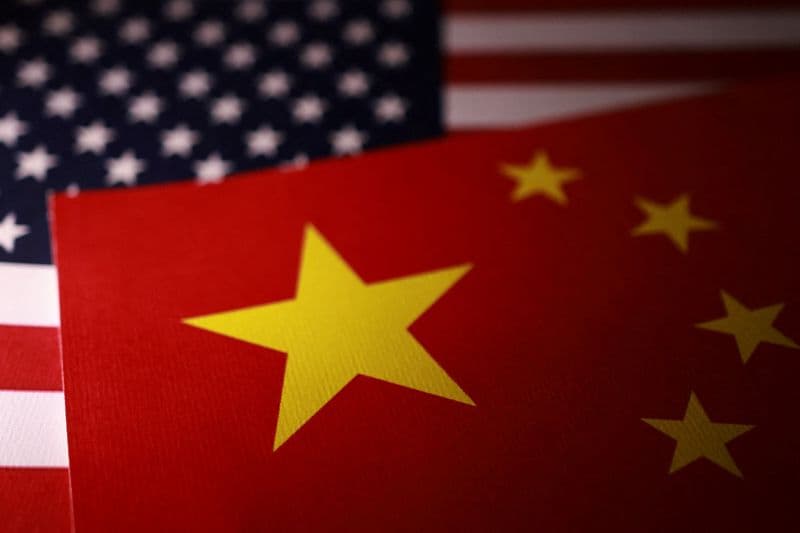U.S. and Chinese Navies Meet in Hawaii, Seek Risk Reduction
Working level maritime security talks between U.S. and Chinese military officials were held in Hawaii from November 18 to 20, a Chinese navy statement said, part of a broader effort to restore communication channels after months of tension. The discussions matter because they address the immediate dangers of close encounters at sea and in the air, and they test whether routine engagement can survive wider strategic rivalry.

Chinese navy officials said working level maritime security talks with U.S. military counterparts took place November 18 to 20 in Hawaii, a session the service described on its official social account as "frank and constructive." The discussions, according to the statement, focused on the current maritime and air security environment between the two countries and unfolded against a backdrop of strained strategic relations and heightened operational risk in the Indo Pacific.
Reuters reports the talks were part of the twice yearly military maritime consultative agreement working group. The meeting followed earlier exchanges this year as both sides have sought to restore senior and working level channels that frayed through a period of mutual recrimination and limited contacts. For naval planners and diplomats in capitals across the region, the meetings offer practical pathways to manage incidents at sea and reduce the chances that a collision or miscalculation escalates into a broader crisis.
While the sessions took place at the working level, their substance carries broader significance. Maritime and air encounters between U.S. and Chinese forces have become more frequent as both countries project power farther from their shores, incrementally raising the risk of dangerous close quarters interactions. In this context routine communication mechanisms are a form of risk control. They can clarify intent, set expectations for behavior in contested areas, and provide protocols for deescalation. The MMCA framework, with its institutional rhythm, seeks precisely to translate those needs into predictable exchanges.
The talks also test the durability of military to military ties amid growing strategic competition. Washington’s alliances and partnerships across the region complicate Chinese calculations, and Beijing’s naval modernization and broader military reforms complicate U.S. assessments. At the same time, regional states with maritime claims have a practical stake in any U.S. China arrangements that affect navigation, fishing, and resource access, meaning the outcomes have ripple effects beyond the two capitals.
International law provides another dimension. Principles codified in the United Nations Convention on the Law of the Sea govern many aspects of navigation and rights at sea, but legal clarity does not automatically substitute for on the spot judgment. Procedures and mutual understanding developed in talks like the MMCA working group are an attempt to fill that gap with operational norms and lines of communication that can operate when legal arguments alone do not resolve immediate tensions.
Skeptics will note that working level meetings do not resolve strategic competition. They can, however, reduce immediate danger and buy time for broader diplomatic management. In that sense the Hawaii discussions were less a signal of détente than of necessity. As both navies continue to patrol increasingly intersecting maritime spaces, creating dependable conduits for conversation remains a pragmatic if modest tool to guard against unintended escalation.

